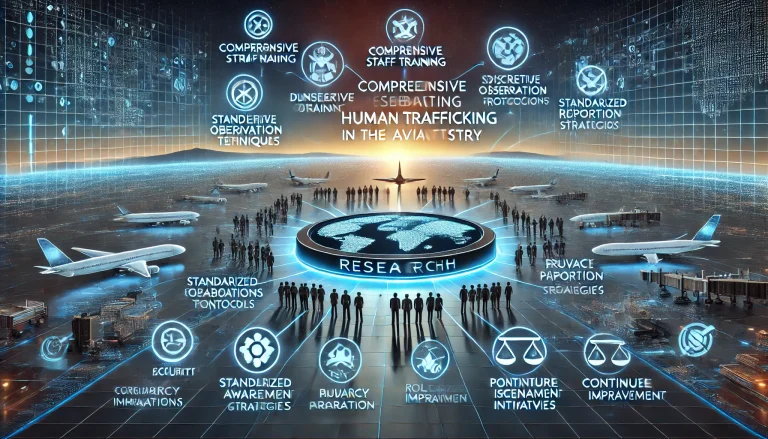Product Vision :
Our product aims to significantly reduce carbon emissions and mitigate environmental impacts through an integrated platform offering cutting-edge carbon management solutions. This comprehensive tool will enable corporations, businesses, and other stakeholders to monitor, manage, and reduce their carbon footprints using advanced technologies such as AI, IoT, and blockchain. Key features include detailed carbon footprint assessments, customized emissions reduction roadmaps, a carbon credits marketplace, tools for renewable energy integration, automated sustainability reporting, and resources for public awareness and education.
Leveraging our robust technological capabilities, deep industry expertise, and strong partnerships, we provide a scalable solution addressing core pain points like high transition costs, regulatory compliance, and technological limitations. Our platform will help businesses achieve sustainability goals while driving significant environmental and social benefits.
Revenue will be generated through subscription models, transaction fees from the carbon credits marketplace, and consulting services. We project annual revenue to reach $50 million in the first year, scaling up to $200 million by the fifth year as adoption increases and the market matures.
What are the biggest pain points they experience when trying to achieve their goals?
- High Transition Costs: Transitioning to green technologies and renewable energy sources involves significant financial investment.
- Regulatory Compliance: Businesses struggle to keep up with ever-evolving environmental regulations and policies.
- Technological Limitations: Current technologies for emission reduction and renewable energy are not yet fully efficient or affordable.
- Public Awareness: A lack of widespread awareness and understanding of the importance of reducing carbon emissions.
- Industrial Resistance: Industries reliant on fossil fuels resist transitioning due to potential economic losses.
- Policy Gaps: Inconsistent and inadequate policies and frameworks to effectively address carbon emissions at national and international levels.
- Energy Demand: Growing global energy demands make it challenging to balance between energy needs and emission reductions.
- Infrastructure: Insufficient infrastructure to support widespread adoption of renewable energy and electric vehicles.
- Climate Change Effects: Ongoing environmental changes and disasters complicate efforts to mitigate and adapt.
- Investment Shortfalls: Lack of sufficient investment in research, development, and implementation of sustainable practices and technologies.

Innovations that Helps to Solve this Problem:
- Direct Air Capture (DAC): Technologies that capture CO2 directly from the atmosphere.
- Hydrogen Fuel Cells: Development of hydrogen fuel cells for various applications, including transportation and energy storage.
- Advanced Battery Technologies: Innovations in battery efficiency, capacity, and recyclability.
- Carbon Sequestration in Building Materials: Incorporating captured carbon into concrete and other building materials.
- AI for Energy Management: Using AI to optimize energy consumption and reduce emissions.
- Smart Grids: Intelligent grid systems that improve efficiency and integrate renewable energy sources.
- Electric Aviation: Development of electric and hybrid-electric aircraft.
- Sustainable Agriculture: Practices that enhance carbon sequestration in soil.
- Circular Economy Models: Innovations in recycling and reusing materials to reduce waste and emissions.
- Renewable Energy Integration: Technologies that facilitate the integration of renewable energy into existing infrastructure.
Top 10 Startups Who already Working for this Issue :
1. Climeworks Climeworks develops carbon capture technology to remove CO2 from the atmosphere. Their direct air capture solutions are aimed at reducing atmospheric carbon levels and mitigating climate change.
2. Carbon Clean Solutions This startup focuses on innovative carbon capture and utilization technologies, making it more affordable and scalable for industrial applications, helping companies reduce their carbon emissions effectively.
3. BlocPower BlocPower retrofits buildings in urban areas with energy-efficient heating and cooling systems, reducing energy consumption and carbon emissions, particularly in underserved communities.
4. CarbonCure CarbonCure’s technology injects captured CO2 into concrete during the mixing process, reducing the carbon footprint of concrete production while improving its strength and durability.
5. Pachama Pachama uses AI and satellite imaging to verify and monitor carbon capture through reforestation and forest conservation projects, providing accurate and transparent carbon offset solutions.
6. ZeroAvia ZeroAvia is developing hydrogen-electric powertrains for aviation, aiming to make zero-emission flights a reality, significantly reducing the carbon footprint of the aviation industry.
7. Ampaire Ampaire is working on hybrid-electric aircraft technology to reduce emissions in the aviation sector, targeting regional and short-haul flights with lower environmental impact.
8. Solugen Solugen uses synthetic biology to create carbon-negative chemicals, offering sustainable alternatives to petrochemicals and reducing emissions in chemical manufacturing.
9. Nori Nori is a marketplace for carbon removal, enabling farmers and other landowners to earn credits for sequestering carbon through regenerative agriculture practices.
10. Indigo Ag Indigo Ag promotes sustainable agriculture practices that increase carbon sequestration in soils, improving farm productivity while reducing carbon footprints.
Conclusion :
The escalating levels of carbon emissions pose a critical global challenge, significantly contributing to climate change and its detrimental effects such as global warming, rising sea levels, and extreme weather events. The primary sources of these emissions are fossil fuel combustion in energy production, transportation, and industrial activities, compounded by deforestation and inefficient energy usage. Our comprehensive approach addresses the need to reduce carbon footprints and mitigate environmental impacts through an integrated platform offering advanced carbon management solutions.
Our platform targets corporations and businesses, enabling them to monitor, manage, and reduce their carbon emissions efficiently. Key features include detailed carbon footprint assessments, emissions reduction roadmaps, a carbon credits marketplace, renewable energy integration tools, and automated sustainability reporting. These features leverage cutting-edge technologies such as AI, IoT, and blockchain to provide real-time data analytics and compliance reporting.
By addressing the core pain points—high transition costs, regulatory compliance, technological limitations, and public awareness—we aim to facilitate the adoption of sustainable practices and green technologies. Our platform will not only help businesses achieve their sustainability goals but also drive significant environmental and social benefits.
Projected revenue streams include subscription models, transaction fees from the carbon credits marketplace, and consulting services, with an expected annual revenue of $50 million in the first year, scaling to $200 million by the fifth year. With a most optimistic launch date of January 2025, our solution is poised to make a substantial impact in the fight against climate change.



